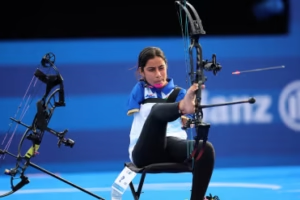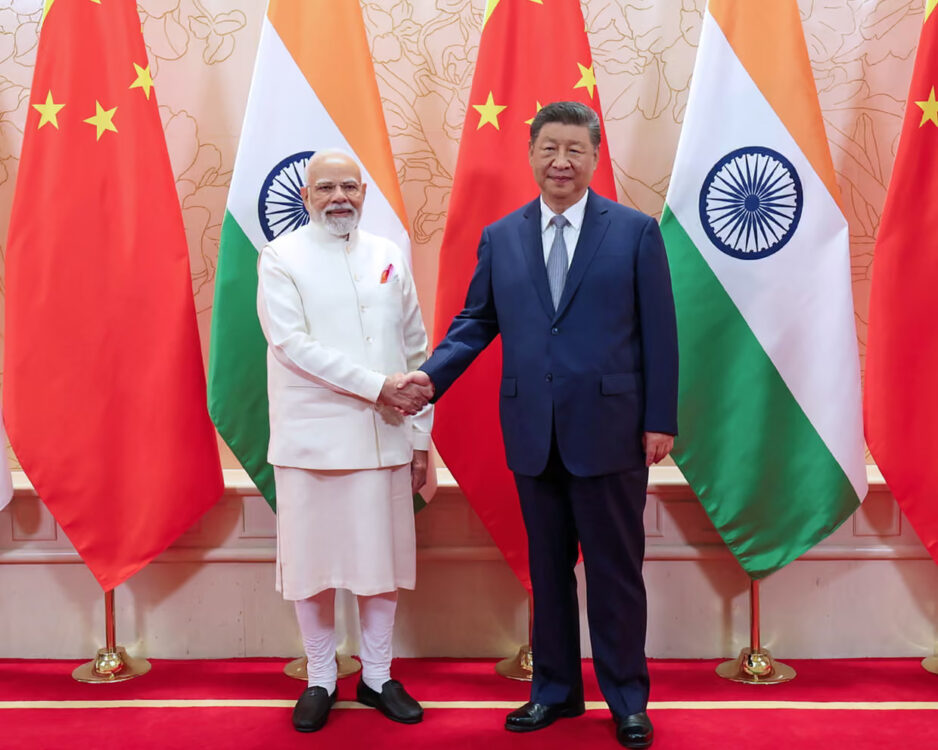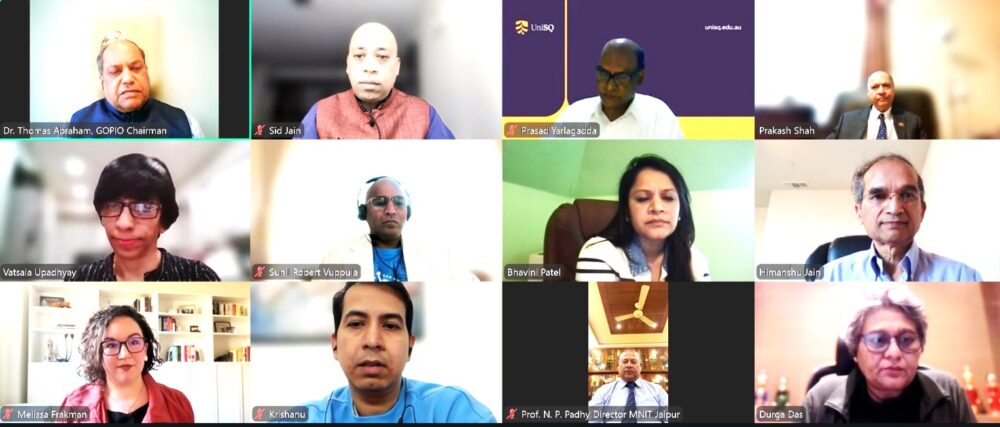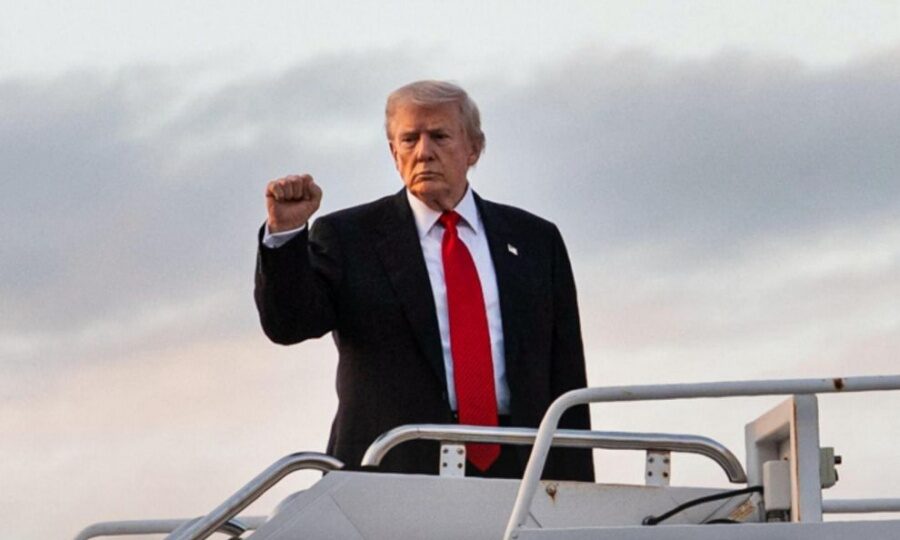When Donald Trump slapped India with a steep 50% tariff for continuing to import Russian oil, the expectation was submission. Instead, it sparked a bold diplomatic realignment. Indian Prime Minister Narendra Modi made a significant move—attending the SCO Summit in Tianjin, his first visit to China in seven years—alongside Xi Jinping and Vladimir Putin. Far from being coerced, India appeared more independent, and China seized the moment to shine on the global stage.
At the summit, Modi’s team emphasized that key national decisions—about agriculture, defense, energy—were off-limits to external pressure. The event sent a message: India won’t be boxed into aligning exclusively with the U.S. And China? It capitalized on the optics of the gathering, presenting itself as a leader of a truly multipolar world—drawing a contrast with a U.S. that looked increasingly transactional.
This shift wasn’t contained to Asia. The show of unity with Russia and other non-Western nations diluted Western influence. The editorial warns that tariffs designed as leverage can misfire—ultimately enhancing Beijing’s global credentials while weakening Western cohesion.










